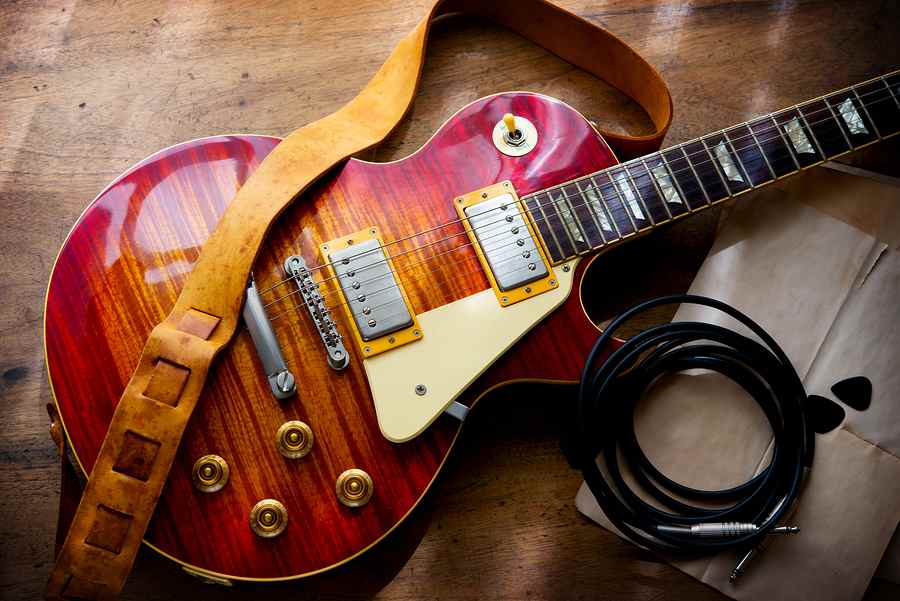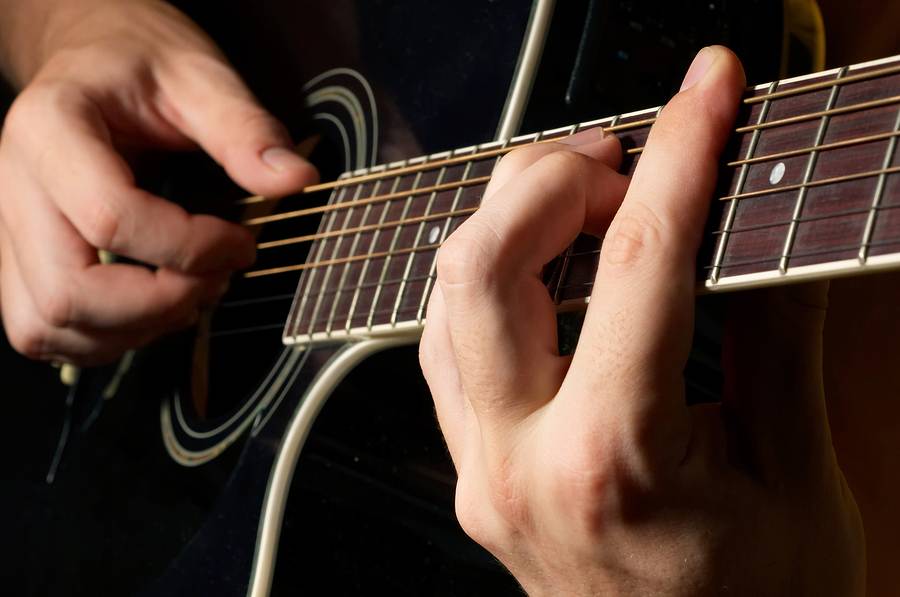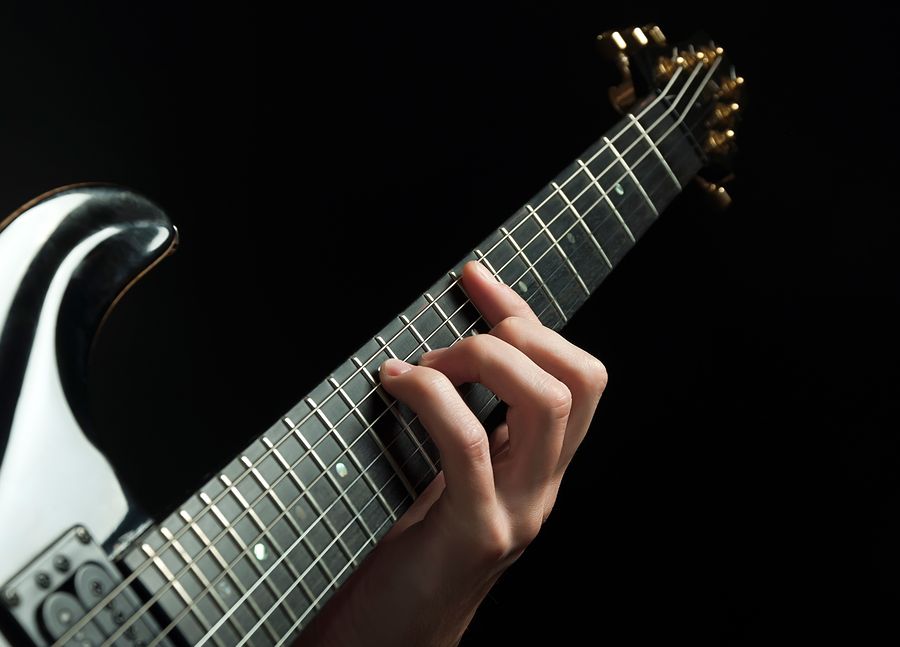Photo by Bigstock photo
 We all have our personal favorite “greatest guitar solo of all time ever”. And the beauty is, you can’t argue with that. Everyone has a different taste.
We all have our personal favorite “greatest guitar solo of all time ever”. And the beauty is, you can’t argue with that. Everyone has a different taste.
But fortunately we still do. :) We like to argue which is the best, most beautiful, wicked, coolest or melodic solo ever played, because it’s fun and we like to share our taste and passion for music.
So I created a list with 50 of the greatest, most beautiful, well known solos of all time in no particular order. Of course there are some personal favorites in there as well. Still I find it hard to say which one I like best if I had to choose only one. It’s comparing apples and oranges. One of my all time favorites which is not on the list by the way is the solo of Rest in peace by Nuno Bettencourt from the band Extreme. But then again what can beat Hotel California by the Eagles or… ah never mind, looking at the list below I can’t possibly stick to a top 3. And why should I?
That’s why it’s not a top 50 list. And as I said earlier “in no particular order”, although it could be :). Of course the list isn’t complete either, far from it.
So what is it then? Well it’s a list to inspire, to motivate and to enjoy. A list that makes you want to pick up your guitar and learn that awesome solo. To bring back memories and let your guitar playing be influenced by all those beautiful melodies and masterpieces.
Let’s take a look, have a listen and create some new ideas for your practice workout, adding some stunning guitar licks, new techniques or a complete solo to your repertoire.
All the songs are attached to a link which sends you straight to the solo part on youtube. Try to refresh the youtube page if doesn’t work straight away. In the worst case scenario skip to the solo part manually.
Note: As an Amazon Associate I earn from qualifying purchases.
Enjoy and have fun!

 Thought provoking questions can make you realize what you’re missing out on in life, what you are grateful for or what things are still left undone.
Thought provoking questions can make you realize what you’re missing out on in life, what you are grateful for or what things are still left undone. Whenever you try to deepen your guitar knowledge and you buy a guitar music theory book or look up something on the internet you keep bumping into the CAGED system.
Whenever you try to deepen your guitar knowledge and you buy a guitar music theory book or look up something on the internet you keep bumping into the CAGED system.